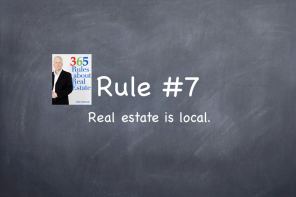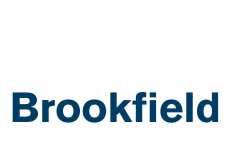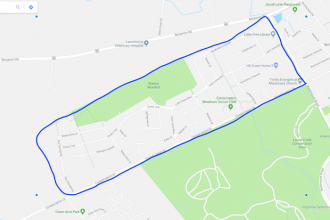Statistics are too broad to be useful
Most Realtors love real estate statistics. If asked, and often when not asked, we will tell you that sales are up, what the average value of local homes are, the current days on market numbers and maybe even the absorption rate.
Yawn.
Even when things are looking a little dodgy, real estate statistics can spin the data to make things a little rosier than they might be. I’ve written before (links below) about the relevance of comparing this year to last year or how the ten year average broadly works in the favour of local home sales statistics no matter how poorly the market is doing.
Here is a relative quote…
“Facts are stubborn things, but statistics are pliable.” ― Mark Twain
Boring and useless
Besides being boring, real estate statistics are not very useful. Except as a window into how the local market is behaving compared to historical averages, real estate statistics don’t help us much. When determining the current value of homes, we have to get hyper-local. We have to look at similar homes in the neighbourhood where the target house is located.
General local real estate statistics published by local real estate boards and re-published by data-collection apps and by local Realtors almost alway fail to get down to the granular level. Here is a true fact…
True Fact: similar homes in different neighbourhoods show different appreciation rates.
Question: What are some factors that lead to homes in some neighbourhoods to depreciate while others appreciate?
1. Lots of neighbourhood sales
If there are a lot of similar home for sale in a certain neighbourhood, they tend to compete with each other. One of the four rules of supply and demand is:
If supply increases and demand remains unchanged, prices will fall.
You can read about the four laws of supply and demand here.
2. Schools
There is always higher demand for homes in neighbourhoods with great schools. Higher-rated schools lead to better appreciating homes. I’ve witnessed a couple of times in my real estate career when a new school is first rated and how that leads to interest in the neighbourhood homes.
3. Neighbourhood amenities
The convenience of nearby shops, restaurants, parks and other public amenities (like proximity to an LRT stop) have a positive affect on property values.
4. Crime
Besides the local news, there are online crime incidents reports that show us hot spots for crime. Many home buyers research neighbourhoods online, some drive through neighbourhoods when deciding to look at houses there.
5. Your neighbour’s house
Real estate is sometimes super-hyper-local. Your next door neighbour’s house can impact the value of yours. Scary dogs, unkept yards and poorly maintained homes can potentially lower the value of your home in the eyes of potential buyers.
6. Noise
Noise from transportation (airplanes, trains, traffic) and noise from businesses (auto repair, night club) even noise from churches, public squares and schools can hurt your home’s value. Loud noise does not help your home’s rate of appreciation.
Conclusion
Ask your Realtor to send you a list of all of the three-bedroom bungalows of a certain age (or four bedroom, two story homes) sold in the past three months in Waterloo Region. You will quickly see how wide the price range is. These price differences are due to appreciation rates over time.
Further readings
Real estate statistics in the media
Rule #8 (from 365 rules about real estate)




